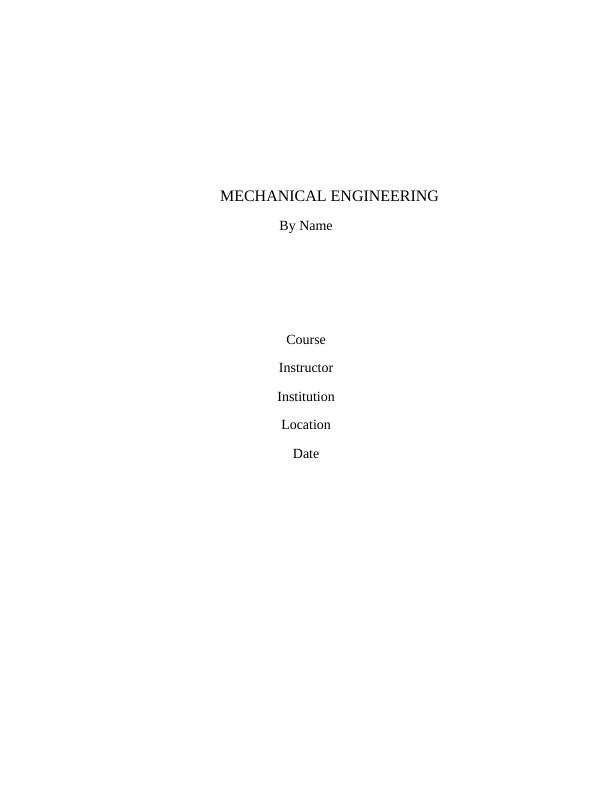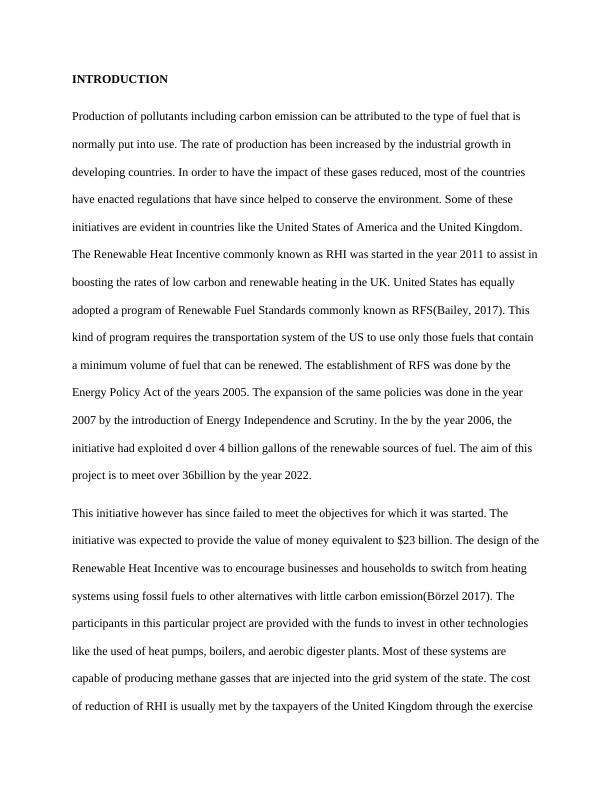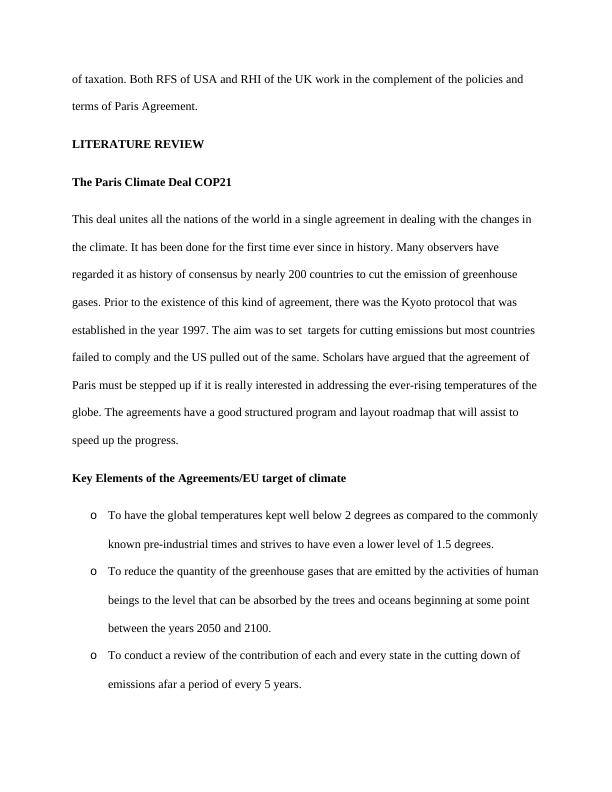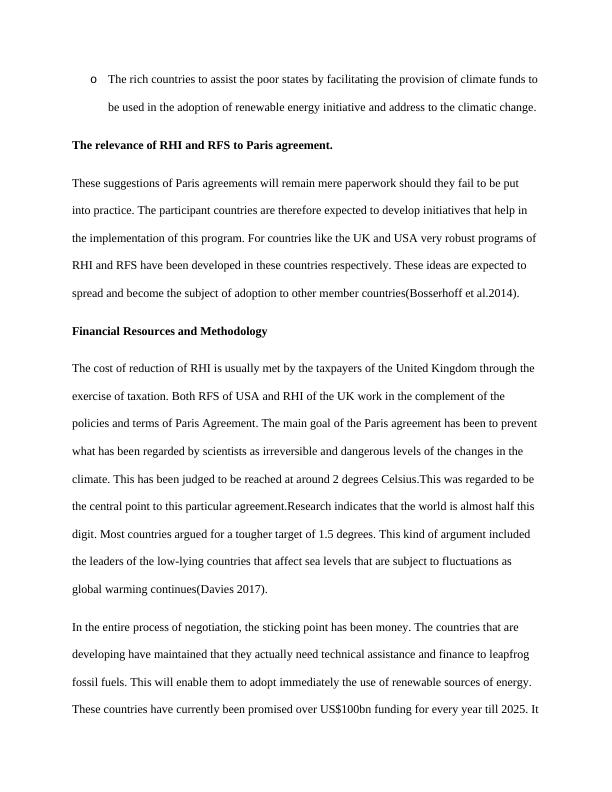Renewable Heat Incentive and Renewable Fuel Standards: A Review
Write a report discussing Biomass, Biofuel and Solar Energy Technology, following Kingston University report standards, for the Green Engineering & Energy Efficiency course.
15 Pages4030 Words210 Views
Added on 2023-04-23
About This Document
This article reviews the Renewable Heat Incentive (RHI) and Renewable Fuel Standards (RFS) programs in the UK and USA respectively, and their relevance to the Paris Climate Agreement. It discusses the key elements of the agreement, financial resources, methodology, and inherent issues in second-generation biorefineries.
Renewable Heat Incentive and Renewable Fuel Standards: A Review
Write a report discussing Biomass, Biofuel and Solar Energy Technology, following Kingston University report standards, for the Green Engineering & Energy Efficiency course.
Added on 2023-04-23
ShareRelated Documents
End of preview
Want to access all the pages? Upload your documents or become a member.
All About Green Engineering
|11
|2631
|15
International Energy Policy
|15
|3341
|480
GEOU5022-Global Energy Outlook Within Contemporary
|7
|2101
|137
Assignment on Outcomes of COP21 Paris
|12
|3629
|141
Carbon Neutrality and NEPIs
|55
|14178
|404
The Need for a Shift to Renewable Energy
|10
|2565
|271




